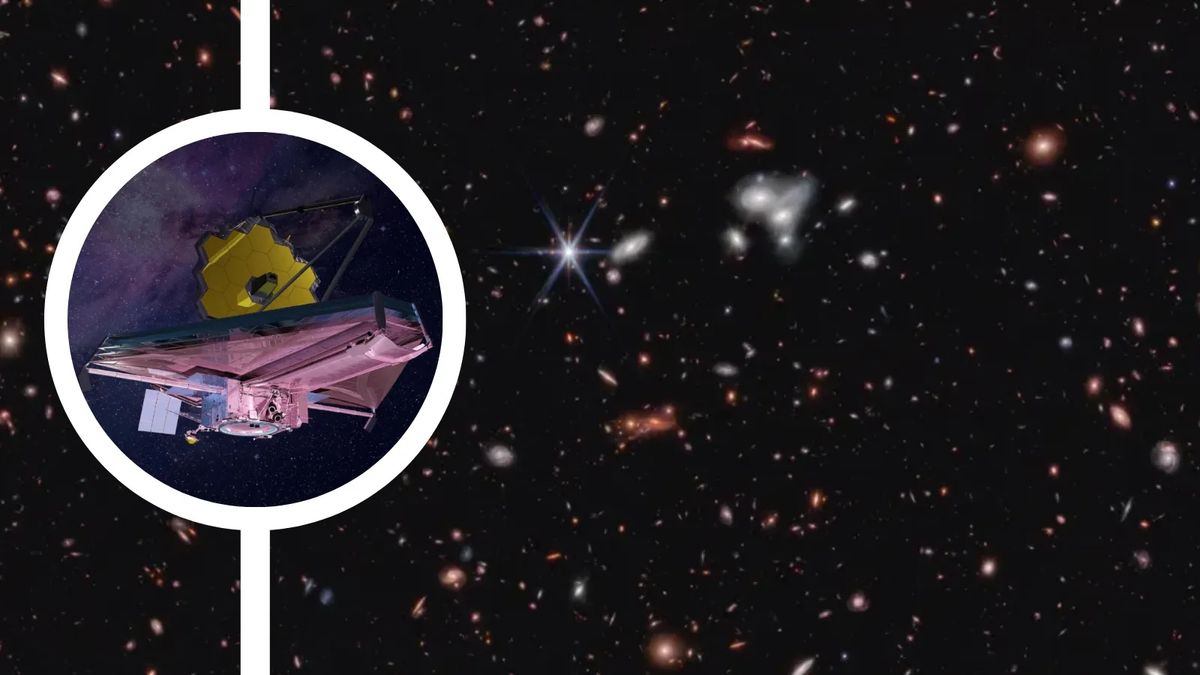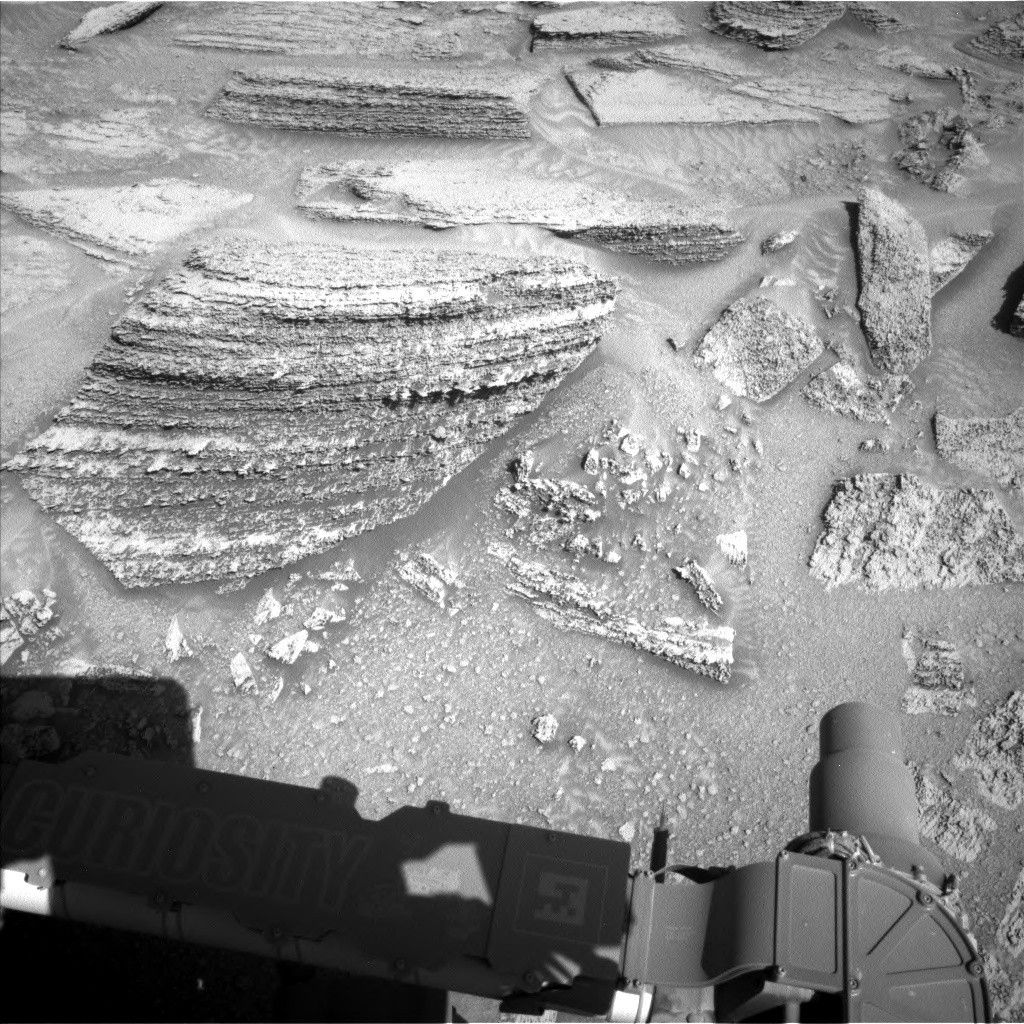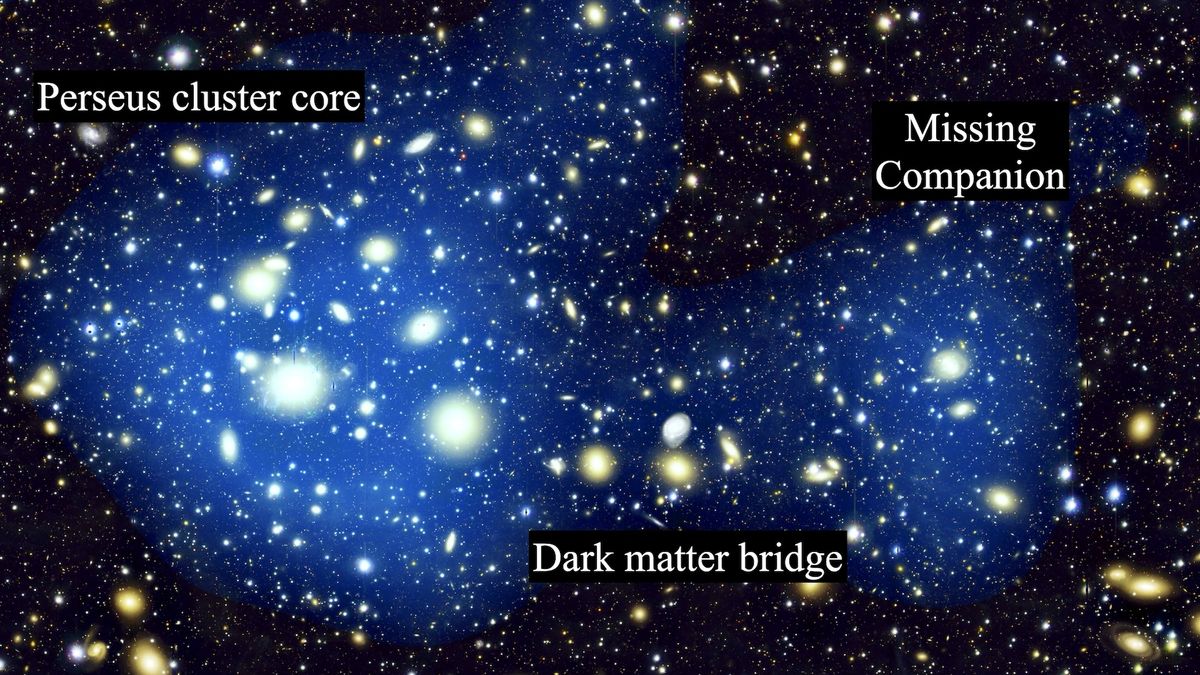Now Reading: James Webb Telescope Spots Rapid Black Hole Growth in Early Galaxies
-
01
James Webb Telescope Spots Rapid Black Hole Growth in Early Galaxies
James Webb Telescope Spots Rapid Black Hole Growth in Early Galaxies

Rapid Summary
- Astronomers used the James Webb Space Telescope (JWST) to study galaxies from over 10 billion years ago, during a period called “cosmic noon.”
- Cosmic noon occurred 2-3 billion years after the Big Bang and is marked by intense star formation, with half of all modern stars possibly forming in this era.
- Researchers at the University of Kansas conducted the MEGA (MIRI EGS Galaxy and AGN) survey to better understand star formation and black hole growth during this time.
- The JWST’s infrared capabilities helped penetrate dust clouds that obscure these galaxies, making them visible for detailed analysis.
- A notable focus of the study involved identifying supermassive black holes growing rapidly at galaxy centers thru active galactic nuclei (AGN).
- Observations centered on the Extended groth Strip – a galaxy-rich strip near Ursa major where over 10,000 galaxies were identified in an area smaller than the moon’s diameter.
- Results suggest some observed AGN-hosting galaxies might be ancestors of Milky Way-type galaxies.
- Data collection benefited from advanced imaging techniques but required heavy processing due to telescope limitations like scratches and dead pixels.
- The public can assist with data classification via projects like Zooniverse’s “Cosmic Collisions.”
Read More: Link
Indian Opinion Analysis
The findings highlight how advancements in space technology like JWST enable humanity to delve into previously inaccessible cosmic phenomena. For India – home to emerging astronomy initiatives such as ASTROSAT or partnerships like those with NASA-this underscores both challenges and opportunities.
India could leverage global collaborations while investing more in its space-science research capabilities. Understanding early cosmic events may not only enhance pure scientific knowledge but also inspire wider adoption of cutting-edge technologies for imaging, computing, or AI processing here on Earth.

























